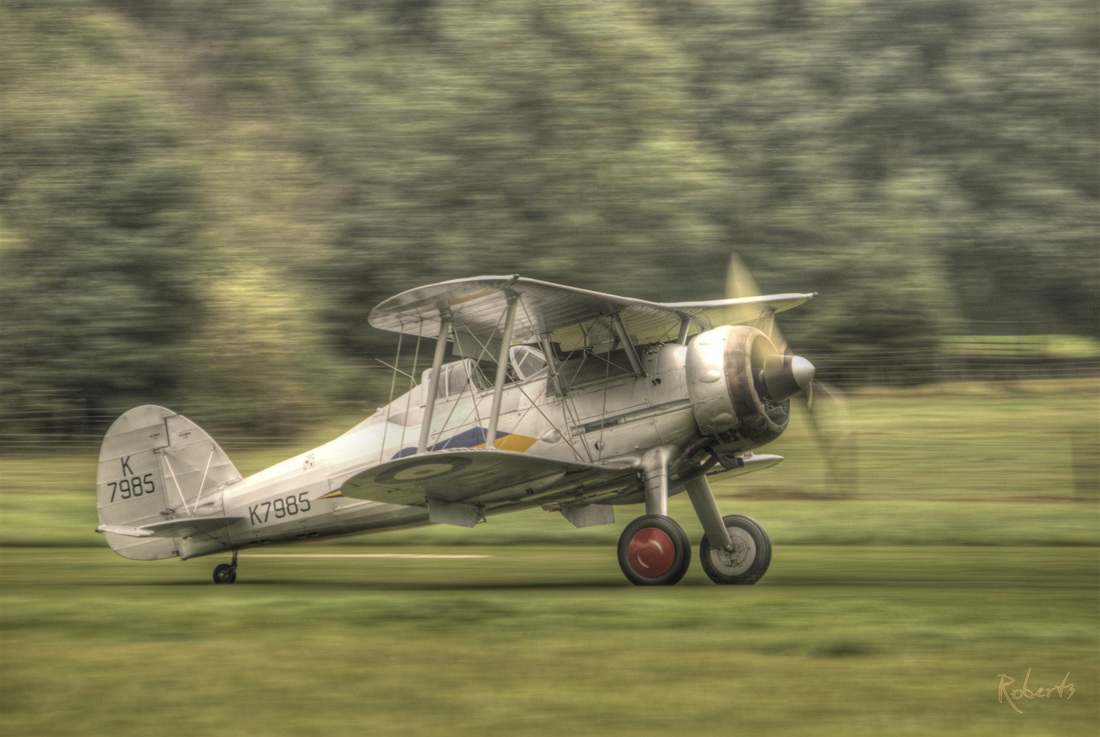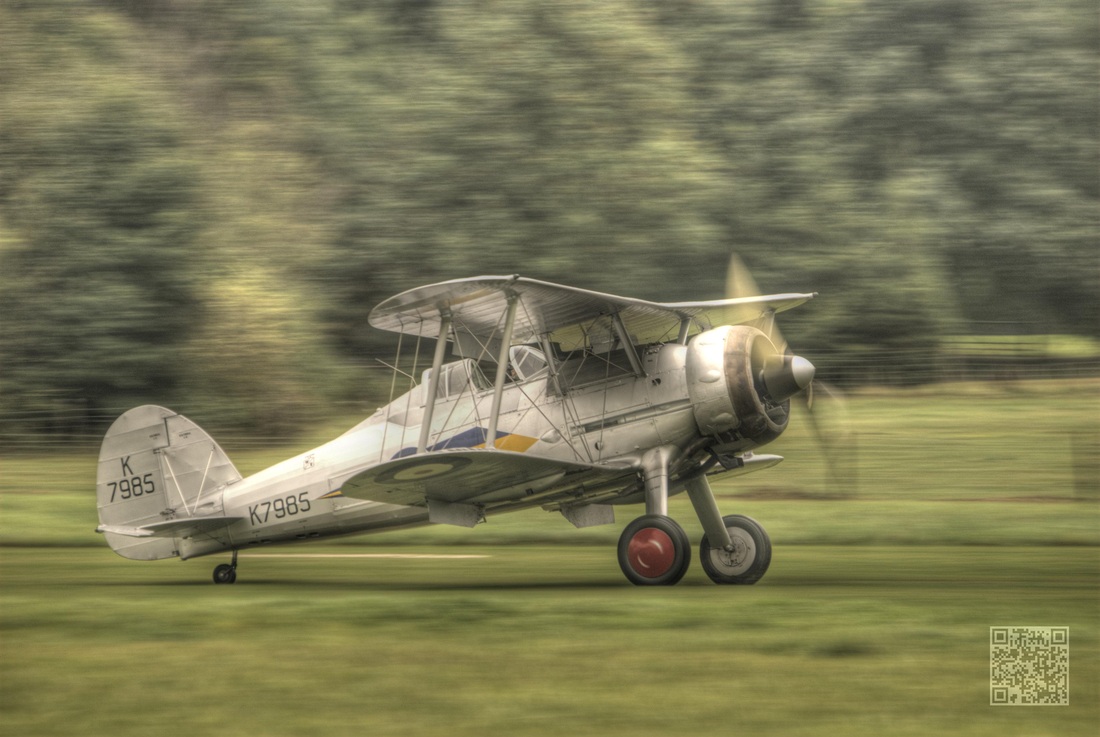One of my favorite tricks is to add a graphical water mark to an image, this PowerShell script by Matthew Painter does a good job of it.
Write-ImageWaterMark -watermark "c:\sig.png -SourceImage "c:\source.png" -TargetImage "c:\newimage.jpg"
It's a pretty easy job to make it run for all files in a directory.
Write-ImageWaterMark -watermark "c:\sig.png -SourceImage "c:\source.png" -TargetImage "c:\newimage.jpg"
It's a pretty easy job to make it run for all files in a directory.

To add a signature or even a QRCode (although the background will have a large impact on the readability of the code).

 RSS Feed
RSS Feed